
|
Lorna Mills and Sally McKay
Digital Media Tree this blog's archive OVVLvverk Lorna Mills: Artworks / Persona Volare / contact Sally McKay: GIFS / cv and contact |
View current page
...more recent posts
Gabrielle Moser has written an interesting post on some issues with community art projects that were brought to mind with Darren O'Donnell & Mammallian Diving Reflex's The Duel in The 'Dale: Parkdale Public School v. Queen West. She indicates that the humour behind using these kids in adult roles might have something sinister behind it.
I'd say that his humour in working/using kids isn't sinister. I know because mine is. I laugh when they fall over. Other than that I don't want to be around them most of the time. That may be why his work exerts a hold on me. I love the controlled anarchy that comes with the illusion of power swapping that he's created.
(Did I just make an argument for that position? I feel tricked.)
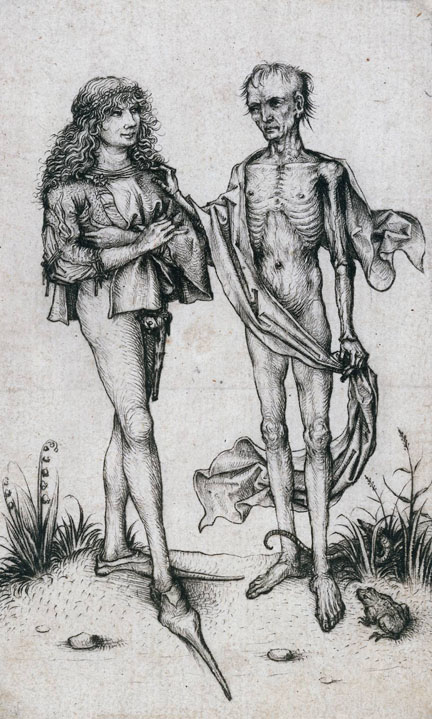
Master of the Amsterdam Cabinet - Young man meets Death
c. 1485-90 dry-point


Jacques de Gheyn III - Triton Blowing on a Conch Shell 1615 etching


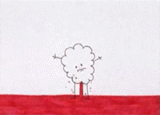
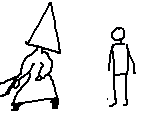
Afrika Bambaataa & John Lydon - World Destruction
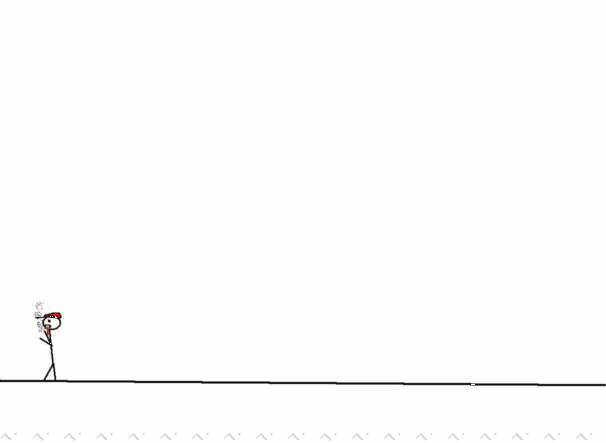
I think tomorrow is the last day to see Sojourner Truth's installation at Katharine Mulherin. I dunno how to distinguish between the gallery's two spaces, but it's the one that's further east. I really really liked the show. The artist's statement described a dream in which animals were sucking up the colours from pieces of plastic and other detritus, and pooping them out as paints. The installation is a kind of joyful immersive mandella with flowers and medals and other bits and bobs all made out of cardboard and paper and sticks and stones painted with glitter with antlers and other animal part artifacts thrown in. Sounds like a kids craft project, and it sort of was, but pulled off with a Fastwurms-esque confidence and great attention to detail and materials. If you are in the neighbourhood, check it out before it closes. I'd love to post a picture but the images at the gallery website are awful and really don't do it justice. Maybe we'll track down the artist and get some good pics up at a later date.
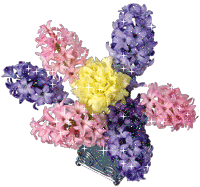 There aren't enough pretty pink sparkly things
There aren't enough pretty pink sparkly thingsto truly convey my
 (love) for
(love) for  and the deadly radiance of issue #21
and the deadly radiance of issue #21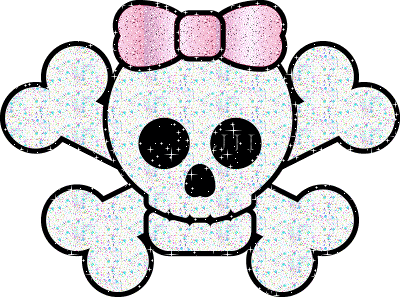
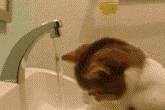
(found and fucked with, in reference to the post below)
Since it kills Sally to link to the pissy rhizome threads, here's a link to Artfagcity who gives a comparative overview of the recent Net Aesthetics 2.0 panel discussion at the New Museum.
Recent comment threads about net art at Rhizome prompted me to dig up some history...
Automobiles 1.0
Excerpted from a book review by Gijs Mom of Kathleen Franz's Tinkering: Consumers Reinvent the Early Automobile published in The American historical review vol.111, no.5, (2006) p.154
[Kathleen] Franz's narrative can be read as a gradual marginalization of the user, first of women and then of male tinkerers. Analyzing 100 patents and 200 letters to Henry Ford, she places the tinkering mania in a context of an American, democratic belief in (largely masculine) "ingenuity." This framework is then used to perform a case study of the efforts by Earl Tupper (of later Tupperware fame) to market a "collapsible top for rumble seats," mounted at the back of the car body to accommodate an extra passenger. But Tupper was too late: by the 1930s automobile manufacturers managed to push the users out of their realm of "scientific" expertise, mostly by changing the multipart body into a unitary, "tinker-resistant," and streamlined design.Excerpted from Ursula Franklin, The Real World of Technology, (Toronto: House of Anansi Press, 2004). First published by CBC Enterprises in 1990.
... the registration statistics of several states contained hundreds of cars with unidentifiable brand names, clearly the result of home-made tinkering. In this phase, the differences between producers and users were small, indeed. My own research largely confirms that the tinkering movement was certainly not negligible, but at the same time new middle-class users who joined the army of adopters were less inclined to see the car as an object of active adaptation to their personal tastes. From this perspective, the marginalization of the users was not the result of a conspiracy but was co-constructed by a (growing) number of the users as well.
Take, for instance, the motor car. In its young phase, it could quite appropriately be called a "mechanical bride," the term used by Marshall McLuhan to describe the relationship between car and owner. Care was regularly lavished by young men upon their vehicles, polishing and tuning them, repairing them and improving their performances. There was a sense of camaraderie among the owners and they would admire each other's mechanical brides. Little is left of this era in today's real world of technology. In the automobile's middle age, it is hard, if not impossible, to tune or repair one's own vehicle. (p.94)
The real joy of owning wheels, the sense of independence that allowed drivers to go wherever and whenever they wanted to go, became muted because, in reality, there were usually thousands and thousands of others who wanted or had to go at the same time to the same place.
The early phase of technology often occurs in a take-it-or-leave-it atmosphere. Users are involved and have a feeling of control that gives them the impression that they are entirely free to accept or reject a particular technology and its products. But when a technology, together with the supporting infrastructures, becomes institutionalized, users often become captive supporters of both the technology and the infrastructures. ... In the case of the automobile, the railways are gone — the choice of taking the car or leaving it at home no longer exists. (p.95)